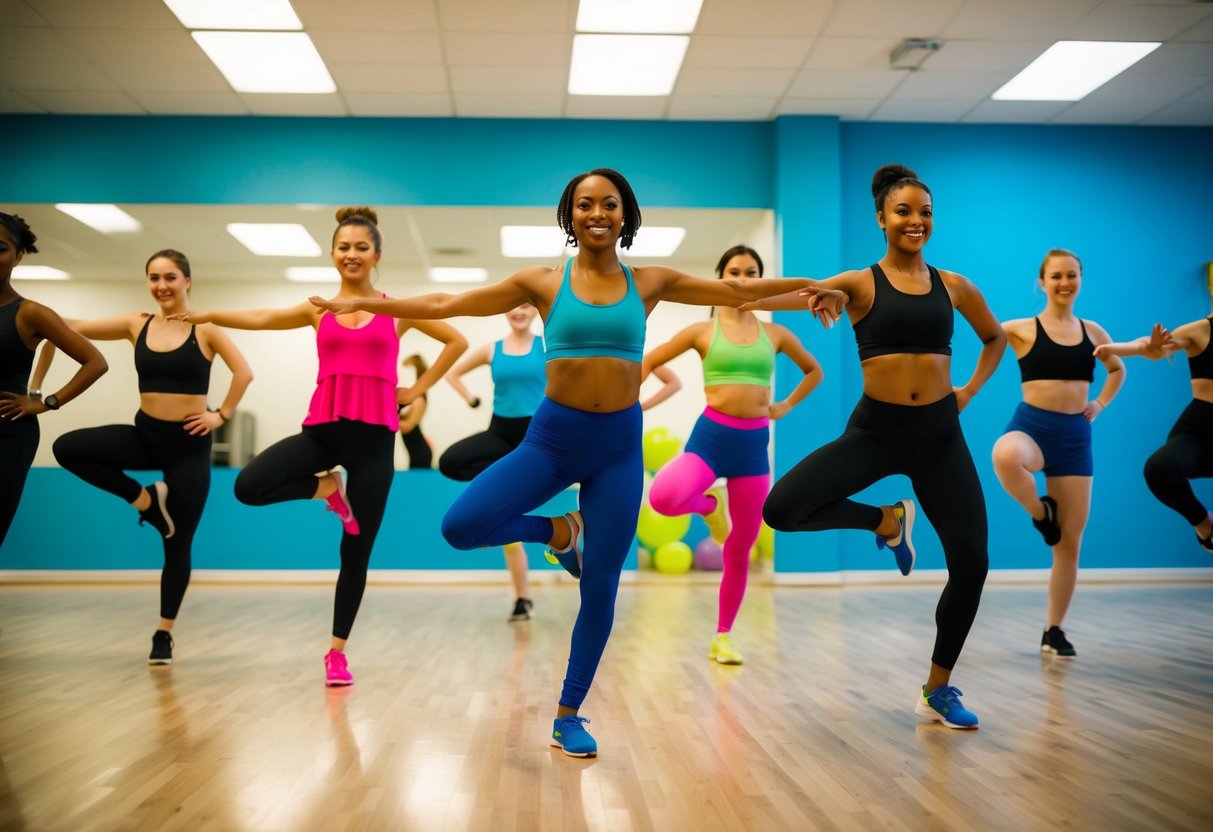DIY Dance Workouts: Get Fit with Fun and Energetic Moves
Hip Hop: Groove and Power Moves
Hip hop dance is characterized by its high-energy routines and powerful movements, offering a full-body workout. It involves a mix of breaking, locking, and popping moves, challenging participants to improve their rhythm, flexibility, and strength. Hip hop is accessible to beginners, with instructors providing modifications to accommodate different skill levels.
Classes often focus on learning short choreography sequences, creating an engaging and mentally stimulating environment. This dance style not only enhances physical fitness but also boosts confidence and self-expression. The music selection in hip hop is diverse, including rap, R&B, and electronic genres, keeping sessions fresh and invigorating.
Ballroom Basics: Elegance and Grace
Ballroom dance emphasizes elegance and grace, with styles like the waltz, tango, and foxtrot offering a sophisticated approach to fitness. Engaging in these dances helps improve posture, core strength, and coordination. It requires focus on precise movements and timing, leading to enhanced mental acuity.
Ballroom dancing is often performed in pairs, fostering a sense of partnership and collaboration. Many studios offer beginner courses, making it accessible to those new to dancing. The structured routines and classic music provide an enjoyable escape from daily routines, making ballroom a timeless choice for fitness enthusiasts seeking both physical and artistic growth.
Creating a Personalized Dance Workout

Designing a dance workout tailored to individual preferences involves setting clear fitness targets and incorporating an exciting mix of dance styles. This ensures the workout remains engaging, effective, and aligned with personal fitness goals.
Setting Fitness Targets
Establishing fitness targets is a key step in creating a personalized dance workout. Everyone has unique reasons for exercising, whether it’s to improve cardiovascular health, build strength, or simply enjoy moving. Defining these goals from the outset allows individuals to shape their dance routines accordingly.
Some might aim for endurance, focusing on high-energy dances that keep the heart rate elevated. Others might prioritize flexibility, selecting styles that incorporate stretches and body conditioning. Recognizing the objectives helps in selecting suitable dance moves and routines. Monitoring progress regularly is essential, as it allows for adjustments to fitness targets.
Mixing Dance Styles for Variation
Variety is crucial in maintaining the excitement and effectiveness of a dance workout. By incorporating different dance styles, the routine remains fresh and prevents boredom. Each style offers distinct benefits: salsa, for instance, can enhance agility and coordination, while hip-hop might focus on strengthening core muscles and improving balance.
Mixing styles can also target different muscle groups, promoting balanced development and comprehensive fitness. Balancing these styles can prevent overuse injuries by providing diverse movement patterns. Careful planning ensures that each workout integrates multiple dance styles effectively, creating an enriching and dynamic exercise experience.
Improving Coordination and Rhythm
Improving coordination and rhythm is crucial in dance workouts. It involves refining movements to align smoothly with beats and enhancing body control to execute steps elegantly. This not only helps in performing routines like the rumba and waltz but also boosts overall physical fitness.
Drills for Better Syncopation
Syncopation is essential for adding flair and depth to dance routines. Practicing with varied tempos helps dancers adapt to different musical rhythms. They can start with simple steps, focusing on the off-beat to improve timing.
Using claps or taps to accent certain beats can challenge learners further and refine auditory processing. Regular practice of these drills enables dancers to perform complex moves, with the rumba providing an ideal structure due to its unique timing and emphasis.
Exercises for Graceful Movement
Graceful movement in dance is a blend of fluidity, control, and precision. To achieve this, flexibility exercises and strength training are important. These exercises may include stretching routines targeting the legs and back.
Engaging in balance-focused drills strengthens coordination, enhancing the smooth flow of routines such as the waltz. Pivot exercises with gradual weight shifts can help dancers maintain grace while transitioning between steps. This practice builds elegance and confidence in diverse dance settings.
